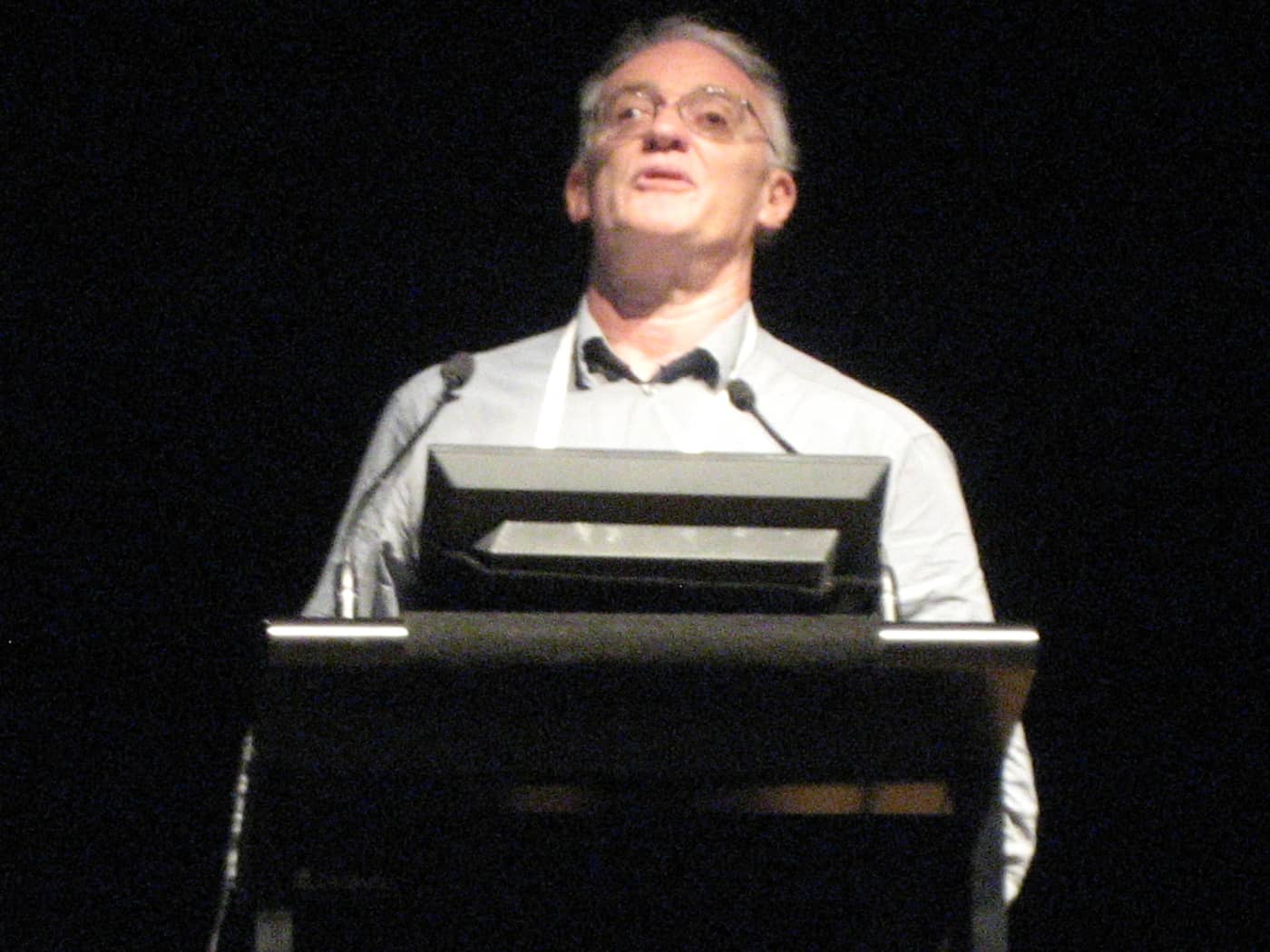The Safety in Action conference is lucky to have Professor Michael Quinlan as a keynote speaker, as he has seriously curtailed his conference appearances to favour those that benefit the safety profession over the commercial conferences. His, and Richard Johnstone’s, research on 1200 inspectors has provided useful insight into the effectiveness and roles of OHS inspectors. The project also interviewed HSRs and employers and visited a large variety of workplaces.

Inspectorate activity focused on in the report was in the traditional areas initially. But although statistics overstate the effectiveness of the visits, the bulk of their activity relates to targeted strategies, as targeted enforcement provides a greater return. This may be important to remember when listening to presentations from the regulators about their performance indicators.
Less than half of an inspector’s time is spent in talking with workers. Most attention was on plant and documentation was low except in major hazard sites. Inspectors don’t ask about the participatory structures which Quinlan sees as a major deficiency.
Inspectors currently have much better communication skills than in previous incarnations.
In 50% of the cases studied there is no action taken by inspectors, 25% are verbal instructions, improvement notices issued in 34%.
The research also asked what standards were referred to by the inspectors with the most common being process or performance standards. Inspectors are very hesitant in providing advice on potential solutions yet they are often the best placed to provide advice.
Inspectorate training has greatly improved and inspectors do apply their enforcement skills selectively. Some employers want notices in order to gain the attention on safety matters from the executives.
“Zero Harm” often fades to zero injuries and becomes implemented more restrictively than intended due to the realisation of the workload in achieving the corporate goals.
Inspectors are more cynical on audit tools because the tools in many cases have become checklist compliances with insufficient resources to improve safety in reality.
Inspectors struggle with psychosocial issues but the general opinion is that managing the issues will evolve in a similar way to that of manual handling over the last 20 years. Often bullying cases can take up a lot of inspector’s time with less than perfect outcomes.
Inspectors are beginning to see safety within the business/management context and provide more assistance with managers. Inspectors are very aware of the risks associated with paper compliance management systems.
Inspectors don’t interact sufficiently with unions and HSRs. Well-managed worksites are prepared to include a second opinion on safety, often from unions. Those sites that are not inclusive should raise a red flag.
Repeat visits by inspectors are the most effective technique in safety improvement but under-resourcing hampers this technique.




